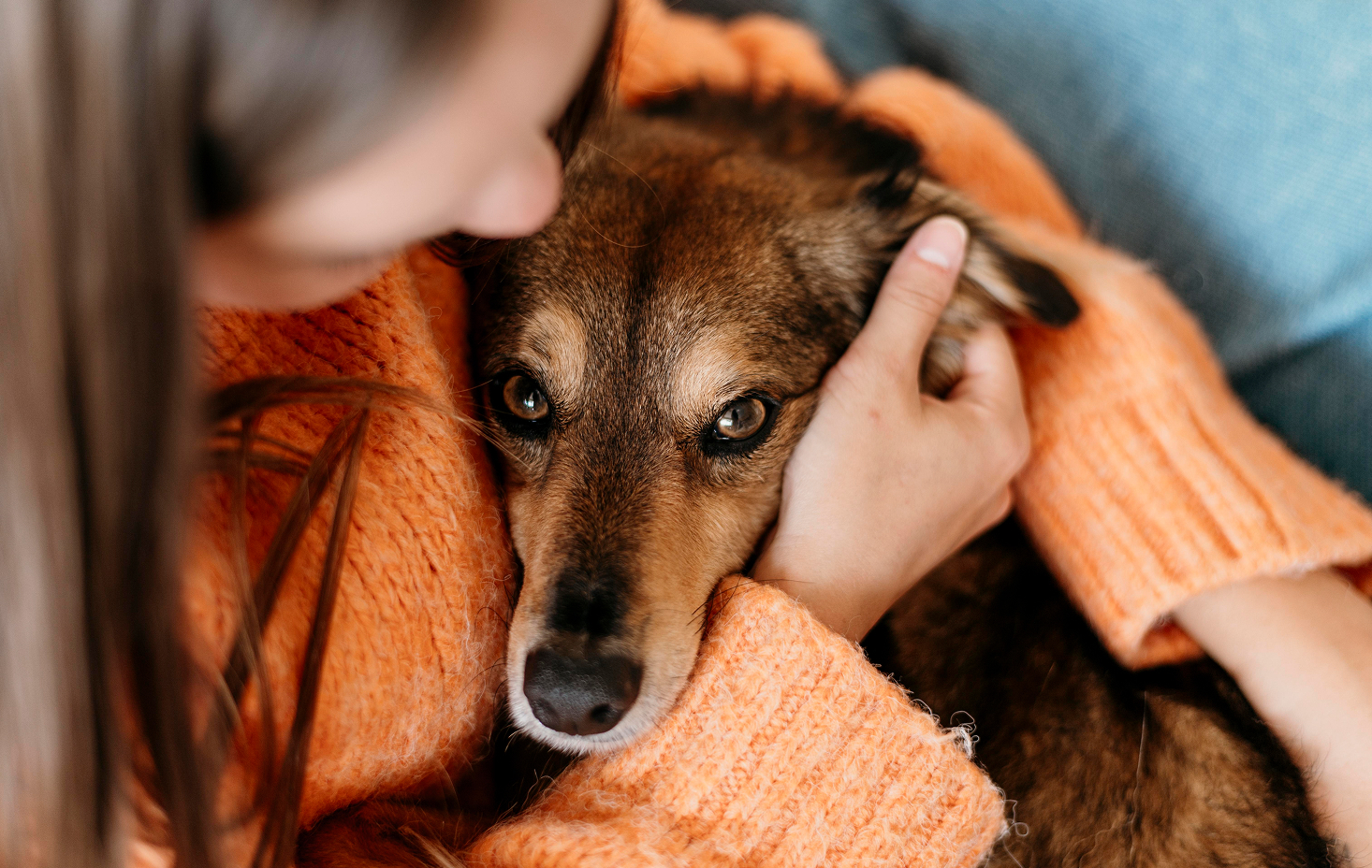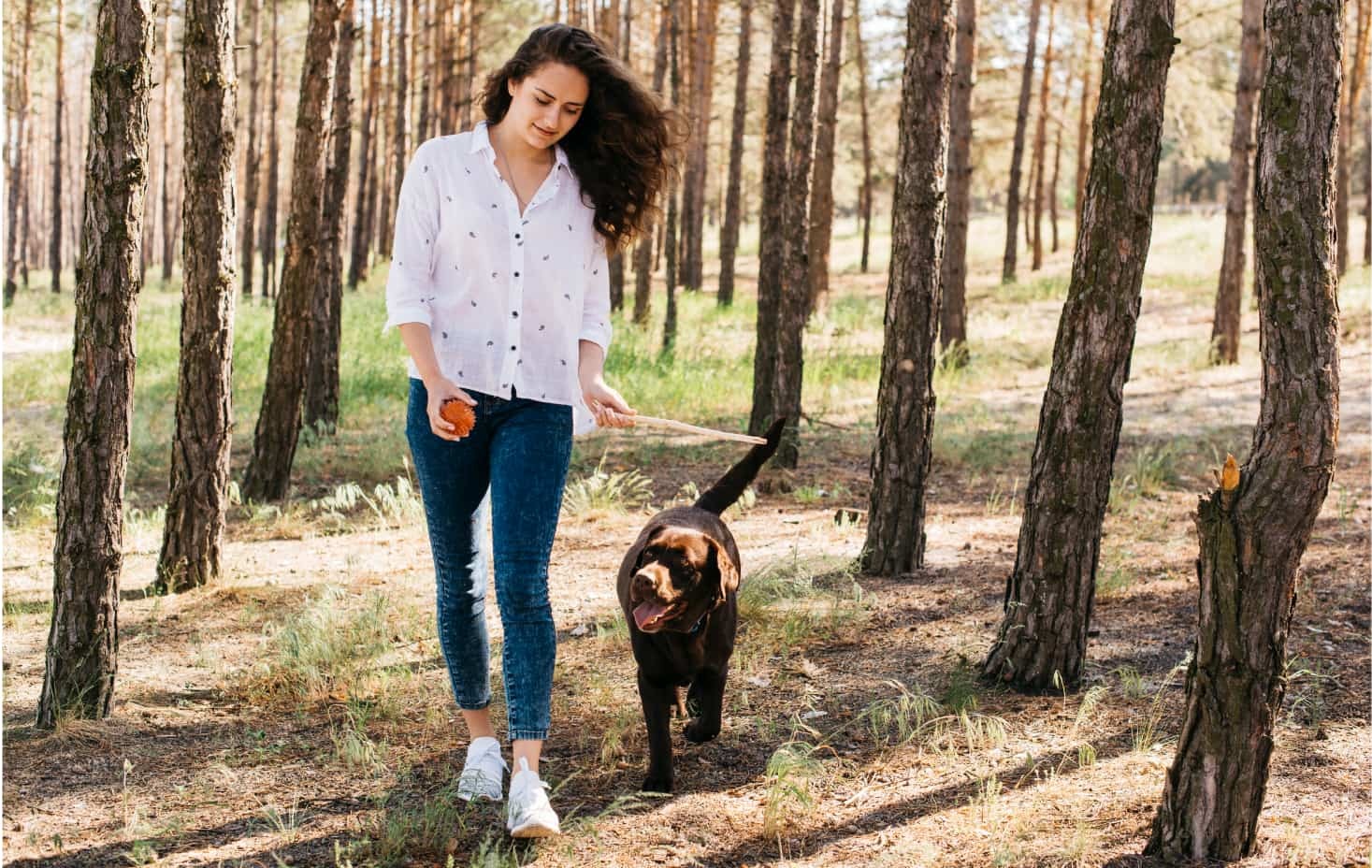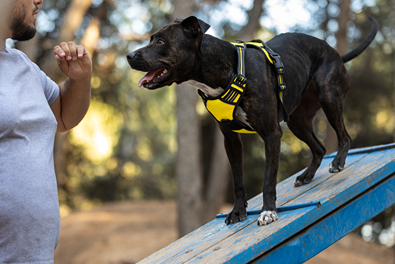What are the Four Quadrants of Dog Training?
Operant conditioning involves learning through consequences, and it can be broken down into four quadrants: Positive Reinforcement, Negative Reinforcement, Positive Punishment, and Negative Punishment. While each quadrant plays a crucial role in shaping a dog’s behavior, we always aim to use the least intrusive and minimally aversive techniques possible.
Important!
Positive vs. Negative: “Positive” and “negative” do not refer to “good” and “bad,” but rather to “adding” and “removing” something.
Reinforcement vs. Punishment: Reinforcement means that the effect of the consequence increases the likelihood of a behavior happening. Punishment means the effect of the consequence decreases the likelihood of the behavior happening again. Effective punishment or correction should not be harsh or cause fear. It’s about decreasing unwanted and dangerous behaviors without causing harm.
Positive Reinforcement
Positive reinforcement involves adding a pleasant stimulus to increase the likelihood of a behavior being repeated. For example, giving a dog a treat for sitting on command is a form of positive reinforcement. This is one of the most commonly used methods in dog training due to its effectiveness and simplicity. By teaching your dog that a specific behavior or response will produce a positive outcome for them will help increase the likelihood that the behavior occur again in the future. We prioritize using positive reinforcement in training above all of the other
quadrants. While it is generally safe to use positive reinforcement, it is important to remember that using positive reinforcement incorrectly can exacerbate behavioral problems, and can fail when used in exclusivity of the other quadrants.
Explore our Obedience Training programs to see how we use positive reinforcement.
Negative Reinforcement
Negative reinforcement is probably one of the most misunderstood quadrants and is one of the most misused terms in dog training. Negative reinforcement involves removing an unpleasant stimulus to increase the likelihood of a behavior being repeated. A great example is teaching a dog to stop pulling on the leash by releasing the pressure on the leash once the dog has stopped pulling. Teaching your dog that the correct behavioral response to an unpleasant experience (coming back to you after feeling leash pressure) can lead to the removal of discomfort and can even lead to positive reinforcement (getting a treat for coming and sitting in front of you) will teach your dog healthier ways to handle situations they find stressful.
Positive Punishment
Positive punishment involves adding an unpleasant stimulus to decrease the likelihood of a behavior being repeated. An example of this is firmly telling your dog “No!†when they try to eat a chocolate we dropped on the ground. The verbal punishment will reduce the liklihood that they will try to eat the chocolate bar now and in the future. There are many different ways that positive punishment can be used and missused when training your dog. Positive punishment is our least used method of communication with your dog.
Negative Punishment
Negative punishment involves removing a pleasant stimulus to decrease the likelihood of a behavior being repeated. An example would be an owner stopping play with their puppy because they were playing too rough. By removing the positive stimulus (playing) we stop the behavior (playing rough) from continuing and decrease the chance that they will play too rough again in the future.
Related Articles

Fear Periods in Dogs – What Every Dog Owner Should Know
If your confident puppy suddenly became afraid of everyday objects or your senior dog unexpectedly developed new fears, you’re not alone. Fear periods in dogs are natural developmental phases that can appear at different life stages, and understanding them is crucial for every dog owner. As San Diego’s dog training experts, we know that creating […]

The Ultimate Guide to Off-Leash Dog Training
Off-leash dog training strengthens trust and improves obedience, giving dogs the freedom to explore while staying under control. This guide covers essential commands, step-by-step techniques, and common mistakes to avoid. Learn how to safely transition your dog to off-leash adventures, ensuring a fun and secure experience for both you and your furry companion.

What is Off-Leash Dog Training and Why Does it Matter?
Off-leash dog training teaches dogs to follow commands without a leash, enhancing obedience, trust, and safety. It allows dogs to explore freely while staying responsive to their owners. This training includes key commands like “come†and “stay,†helping prevent behavioral issues and ensuring control in public spaces, making outdoor adventures more enjoyable for both dog and owner.
